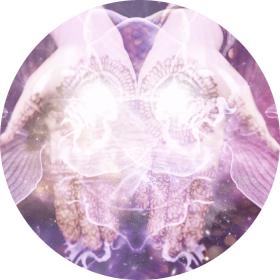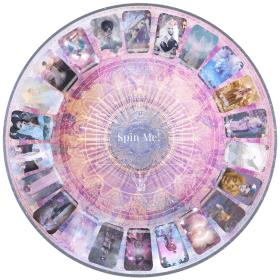What effect has the development of the First joint on different types of hands?
'The First joint is called the Philosophical joint,or knot, and when this is developed it indicates a desire to examine and search into mental things, acting as a boundary between the Divine world (First phalange) and the Intellectual world (Second phalange), hence the thoughts and ideas conceived or accepted by the intuition, imagination, etc., are controlled, modified or guided by the reason indicated by the development of this joint.
On the Spatulate hand, it denotes disquietude of mind, and a battle between looking continually to the practical side of things and the desire to reason matters out.
On the Square hand with its exactitude, it shows good faith, a love of and desire for justice at all hazards, and all pro's and con's will be thoughtfully weighed up.
On the Conical hand it allows reason to intercept-what would otherwise be impulse, through a too vivid and unpractical imagination; there will also be constant struggle between the tendency for religion, and a love of argument or desire to search the origin of things.
On the Philosophical it is ofcourse always present.
On the Psychical hand it would indicate its possessor to be eccentric, and unable to decide what religion is best to follow, thereby producing scepticism for a while: the mind, however, would return to religion deeper than ever after a time. This changeability is accounted for by the Philosophical joint indicating a desire to look into, overhaul and seek the why and wherefore of the intuition and religious instincts shown by the pointed tips. In other words, this joint is a block to the intuitions being carried into effect by the brain.




